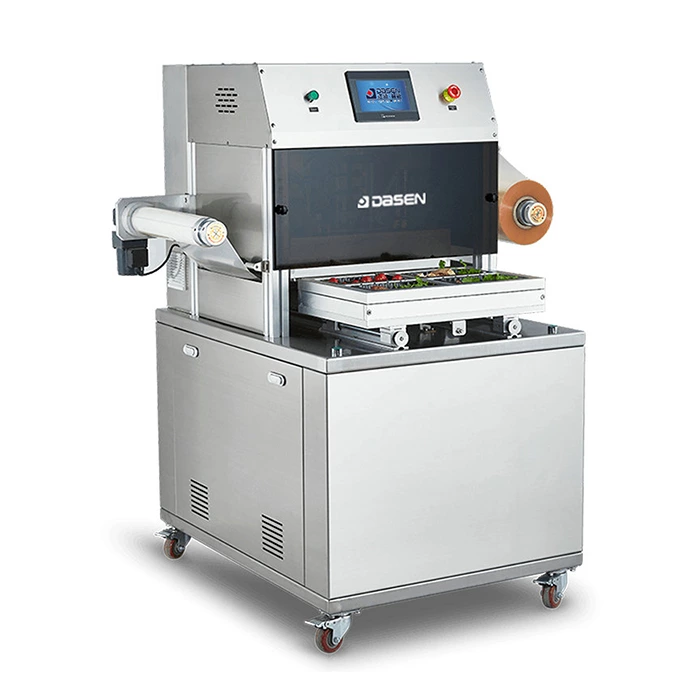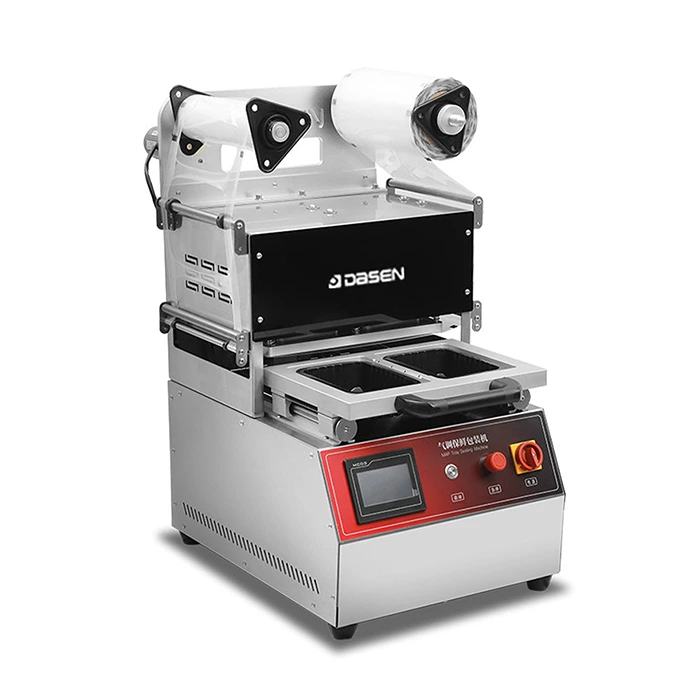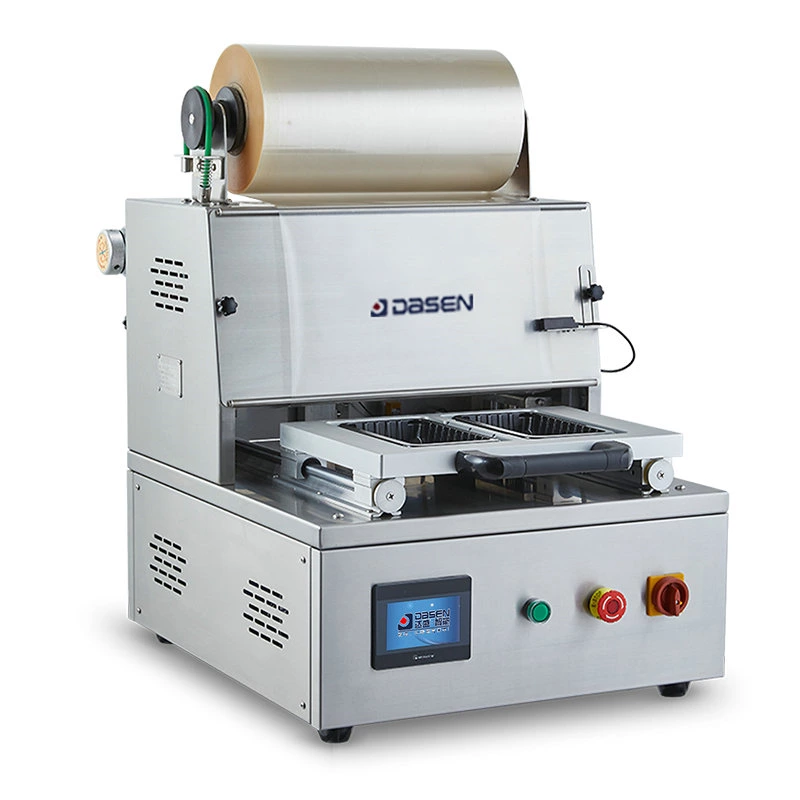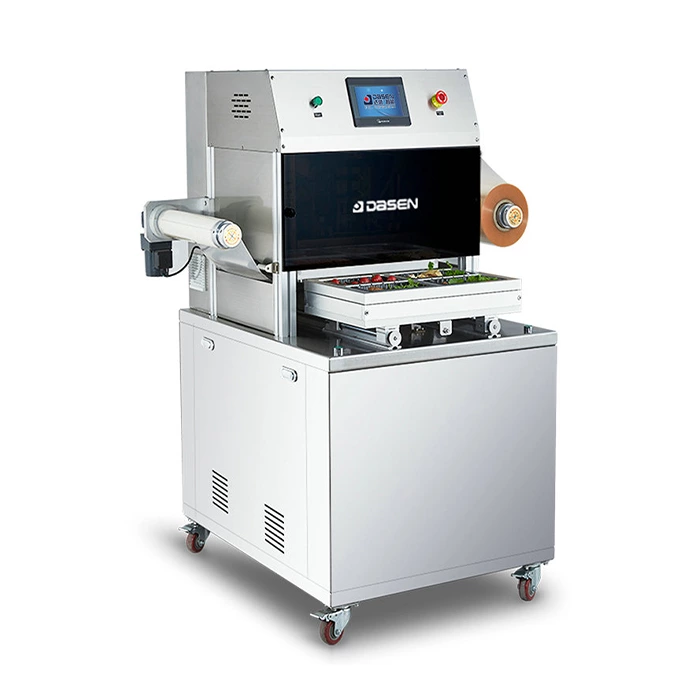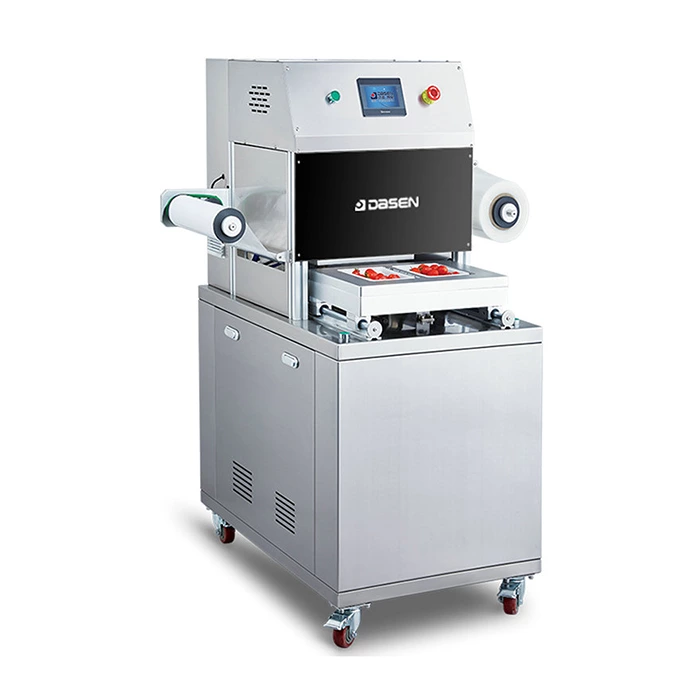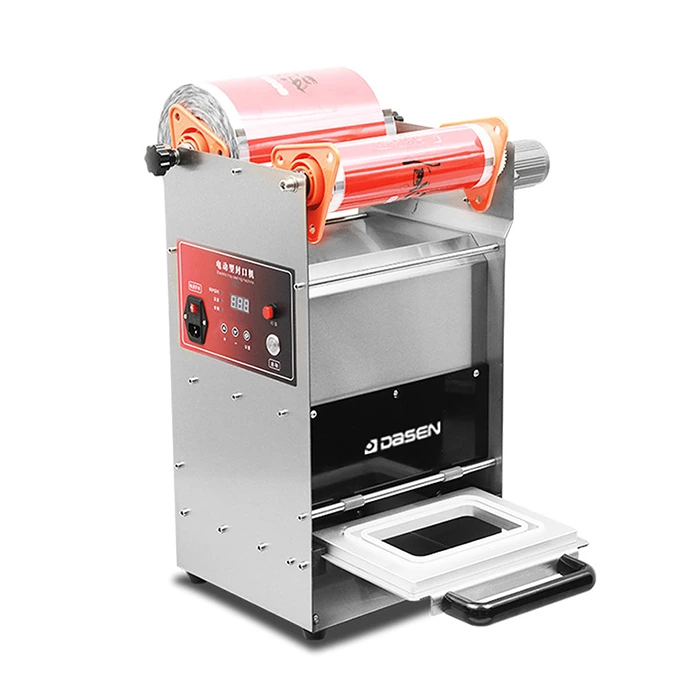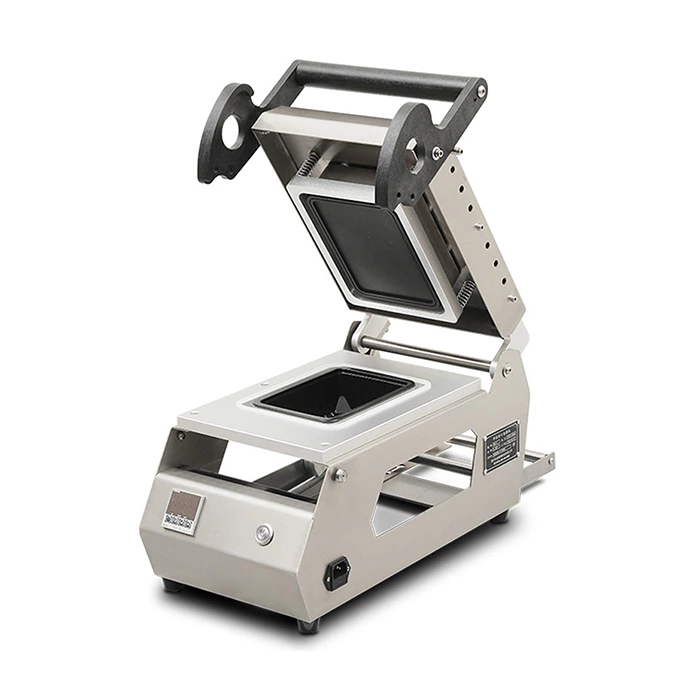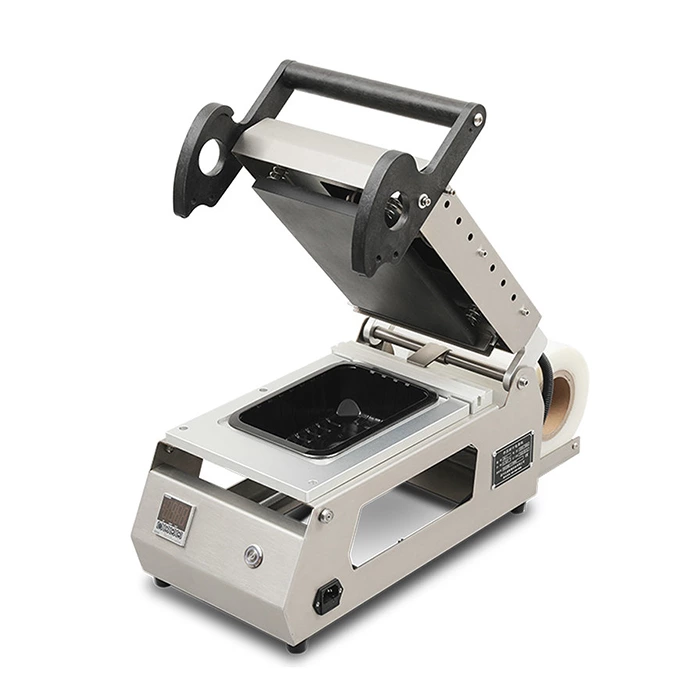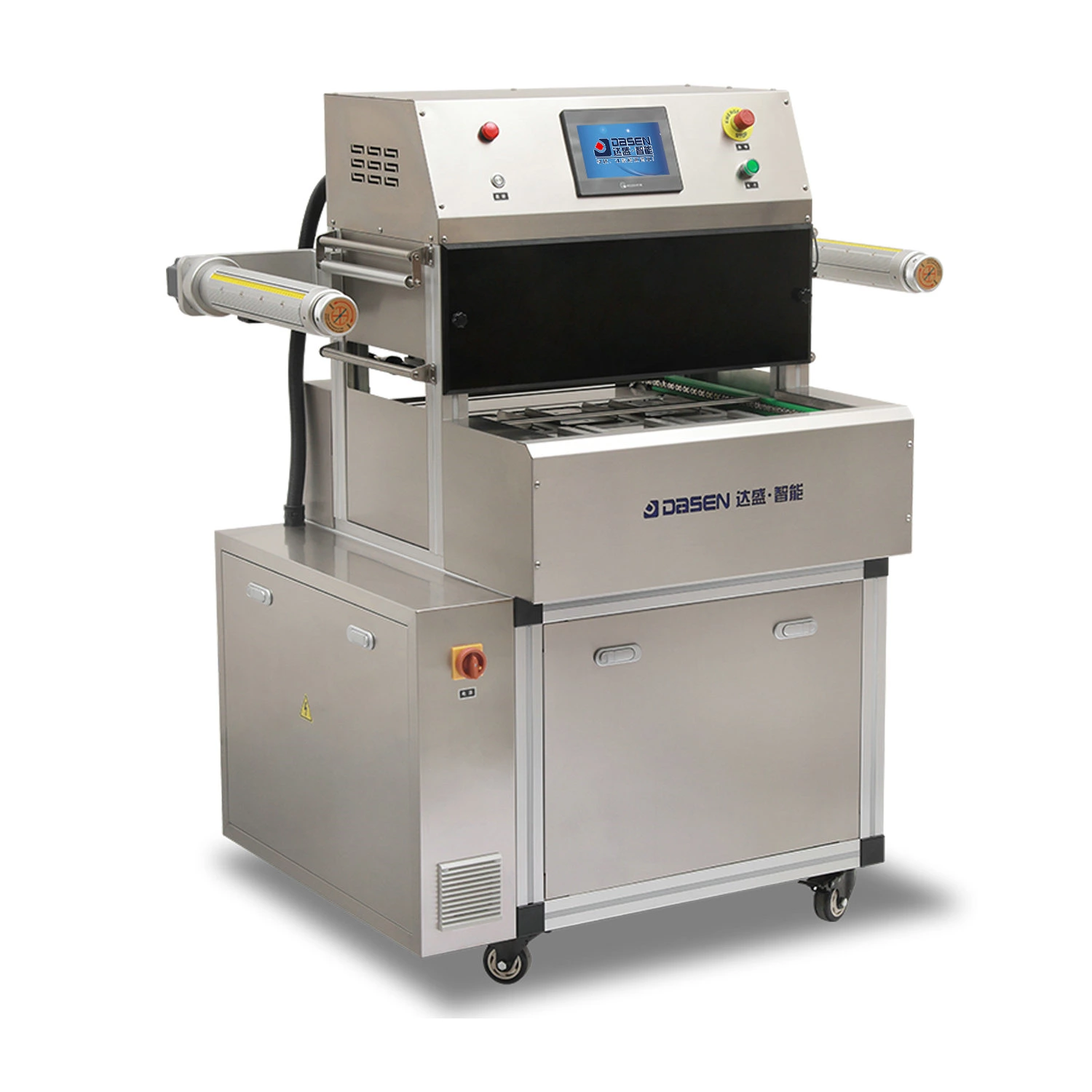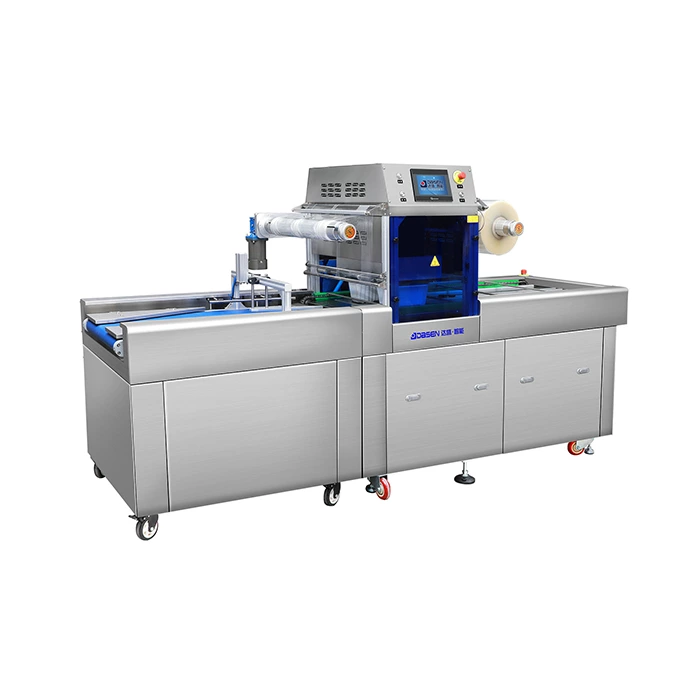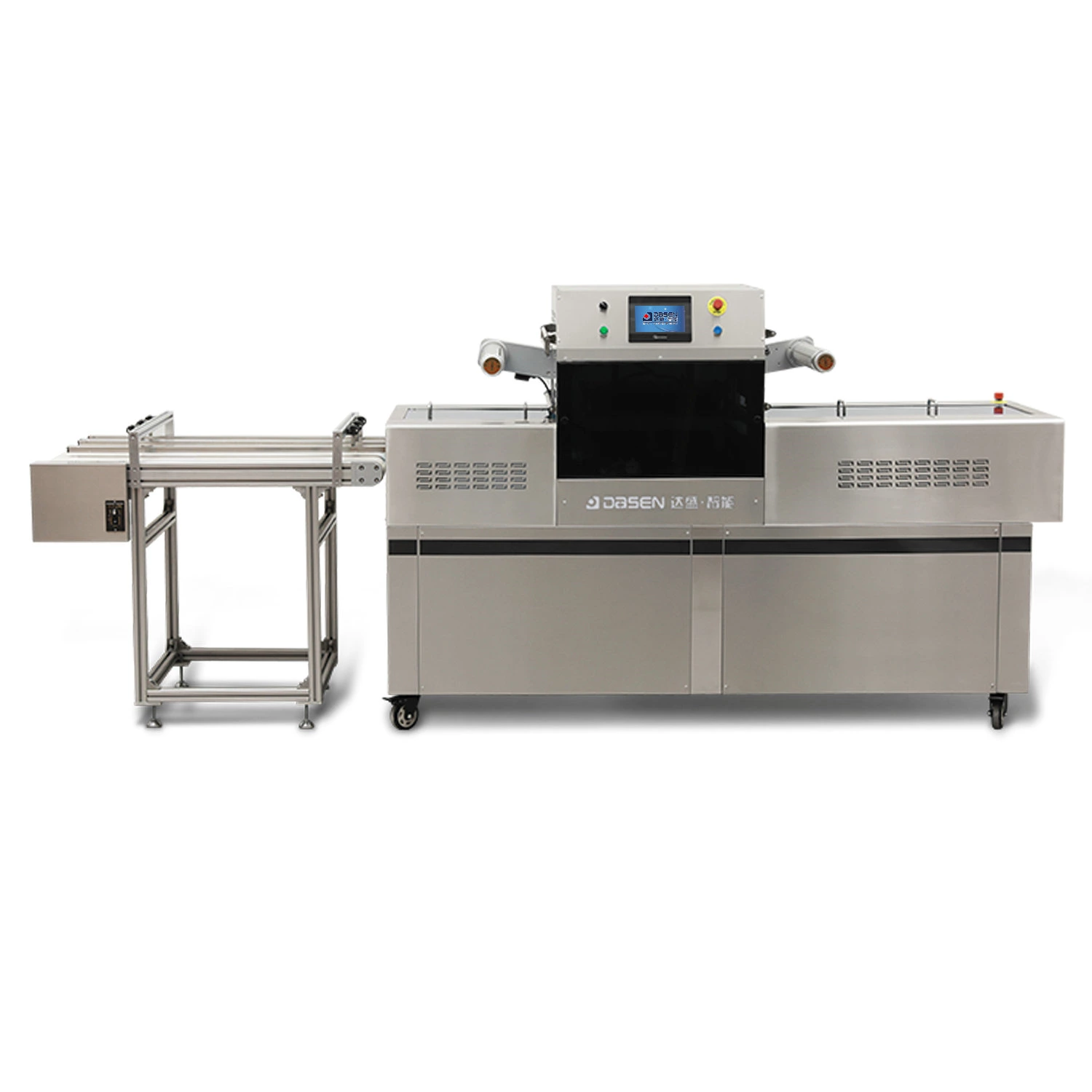Common Problems And Solutions For Desktop Vacuum Packaging Machines
Map Packaging Equipment is a common food packaging equipment that can package food in an oxygen-free environment to extend the shelf life of food. However, during use, some common problems will also be encountered. Here are some common problems and solutions for vacuum packaging machines.
1. Insufficient vacuum
Insufficient vacuum is one of the common problems of vacuum packaging machines. It is mainly manifested in that the air in the packaging bag cannot be completely discharged, resulting in a shortened shelf life of the food. There are many reasons for insufficient vacuum. Here are some common reasons:
1. Damaged sealing strip: The sealing strip is a key component of the vacuum packaging machine. If the sealing strip is damaged or aged, it will cause gas leakage and affect the vacuum degree.
2. Vacuum pump failure: The vacuum pump is the core component of the vacuum packaging machine. If the vacuum pump fails or is damaged, it will cause insufficient vacuum.
3. Poor quality of packaging bags: If the quality of the packaging bags is poor or the packaging bags are damaged, it will cause gas leakage and affect the vacuum degree.
Solution:
1. Check whether the sealing strip is intact and whether there are impurities or damage.
2. Check whether the vacuum pump is working properly and whether parts need to be replaced.
3. Check whether the packaging bag is of good quality and whether it is damaged.
2. Packaging bag rupture
Breaking of packaging bag is one of the common problems of vacuum packaging machine. It is mainly manifested as the packaging bag ruptures during the vacuum process, causing food contamination. There are many reasons for the rupture of packaging bags. Here are some common reasons:
1. Poor quality of packaging bag: If the packaging bag is of poor quality or damaged, it will cause the packaging bag to rupture.
2. High vacuum degree: If the vacuum degree is too high, it will cause the packaging bag to rupture.
3. Sharp objects damage the packaging bag: If there are sharp objects in the packaging bag, it will cause the packaging bag to rupture.
Solution:
1. Check whether the packaging bag is of good quality and whether it is damaged.
2. Adjust the vacuum degree to avoid excessive vacuum.
3. Check whether there are sharp objects in the packaging bag to avoid damaging the packaging bag.
3. The packaging bag cannot be sealed
The packaging bag cannot be sealed, which is one of the common problems of vacuum packaging machines. It is mainly manifested in that the packaging bag cannot be completely sealed, resulting in gas leakage and affecting the vacuum degree. There are many reasons for the failure of packaging bags to be sealed. Here are some common reasons:
1. Damage to the sealing strip: The sealing strip is a key component of the vacuum packaging machine. If the sealing strip is damaged or aged, the packaging bag will not be able to be sealed.
2. Impurities contaminate the sealing strip: If the sealing strip is contaminated by food residues, the packaging bag will not be able to be sealed.
Solution:
1. Check whether the sealing strip is intact, whether there are impurities or damage.
2. Clean the sealing strip to avoid contamination by food residues.
4. The vacuum packaging machine is too noisy
The vacuum packaging machine is too noisy, which is one of the common problems of vacuum packaging machines. It is mainly manifested in that the vacuum packaging machine makes too much noise during operation, affecting the user experience. There are many reasons for the excessive noise of the vacuum packaging machine. Here are some common reasons:
1. Vacuum pump failure: The vacuum pump is the core component of the vacuum packaging machine. If the vacuum pump fails or is damaged, it will cause excessive noise.
2. Aging of parts: If the parts of the vacuum packaging machine are aged, it will cause excessive noise.
3. Unstable machine: If the vacuum packaging machine is not placed stably, it will cause excessive noise.
Solution:
1. Check whether the vacuum pump is working properly and whether parts need to be replaced.
2. Check whether the machine needs to replace aging parts.
3. Check whether the machine is placed stably.
V. The packaging bag cannot enter the vacuum packaging machine
The packaging bag cannot enter the vacuum packaging machine is one of the common problems of the vacuum packaging machine. The main manifestation is that the packaging bag cannot automatically enter the vacuum packaging machine, affecting the user experience. There are many reasons why the packaging bag cannot enter the vacuum packaging machine. Here are some common reasons:
1. The packaging bag is not placed correctly: If the packaging bag is not placed correctly, it will cause the packaging bag to be unable to enter the vacuum packaging machine.
2. Impurities hinder the packaging bag from entering: If there are impurities in the packaging bag, it will cause the packaging bag to be unable to enter the vacuum packaging machine.
Solution:
1. Check whether the packaging bag is placed correctly.
2. Check whether there are impurities in the packaging bag to avoid blocking the packaging bag from entering the vacuum packaging machine.
6. The packaging bag cannot be cut automatically
The packaging bag cannot be cut automatically, which is one of the common problems of the vacuum packaging machine. The main manifestation is that the packaging bag cannot be cut automatically and needs to be cut manually, which affects the user experience. There are many reasons why the packaging bag cannot be cut automatically. Here are some common reasons:
1. Damaged scissors: The scissors are the key components of automatic cutting. If the scissors are damaged or aged, the packaging bag will not be cut automatically.
2. Food residues contaminate the scissors: If the scissors are contaminated by food residues, the packaging bag will not be cut automatically.
Solution:
1. Check whether the scissors are working properly and whether parts need to be replaced.
2. Clean the scissors to avoid contamination by food residues.
